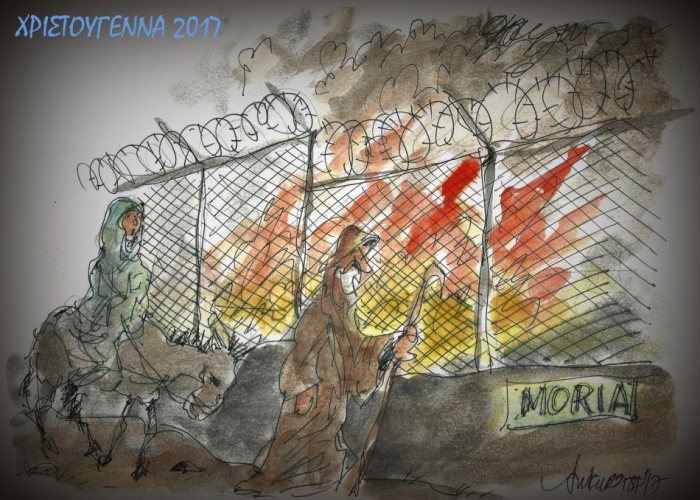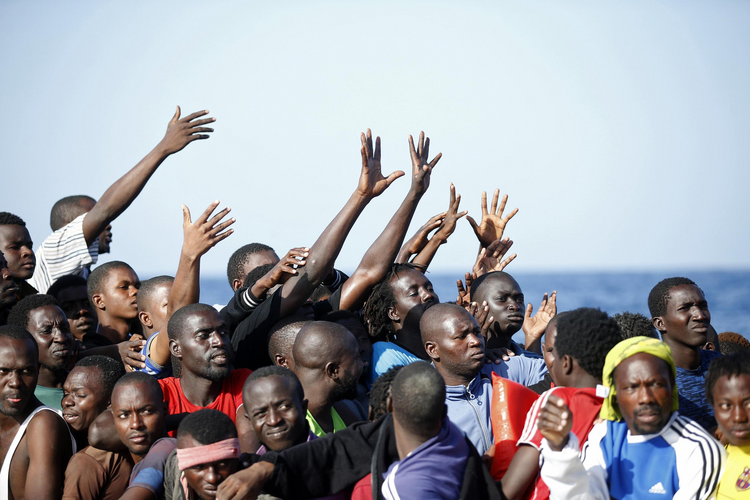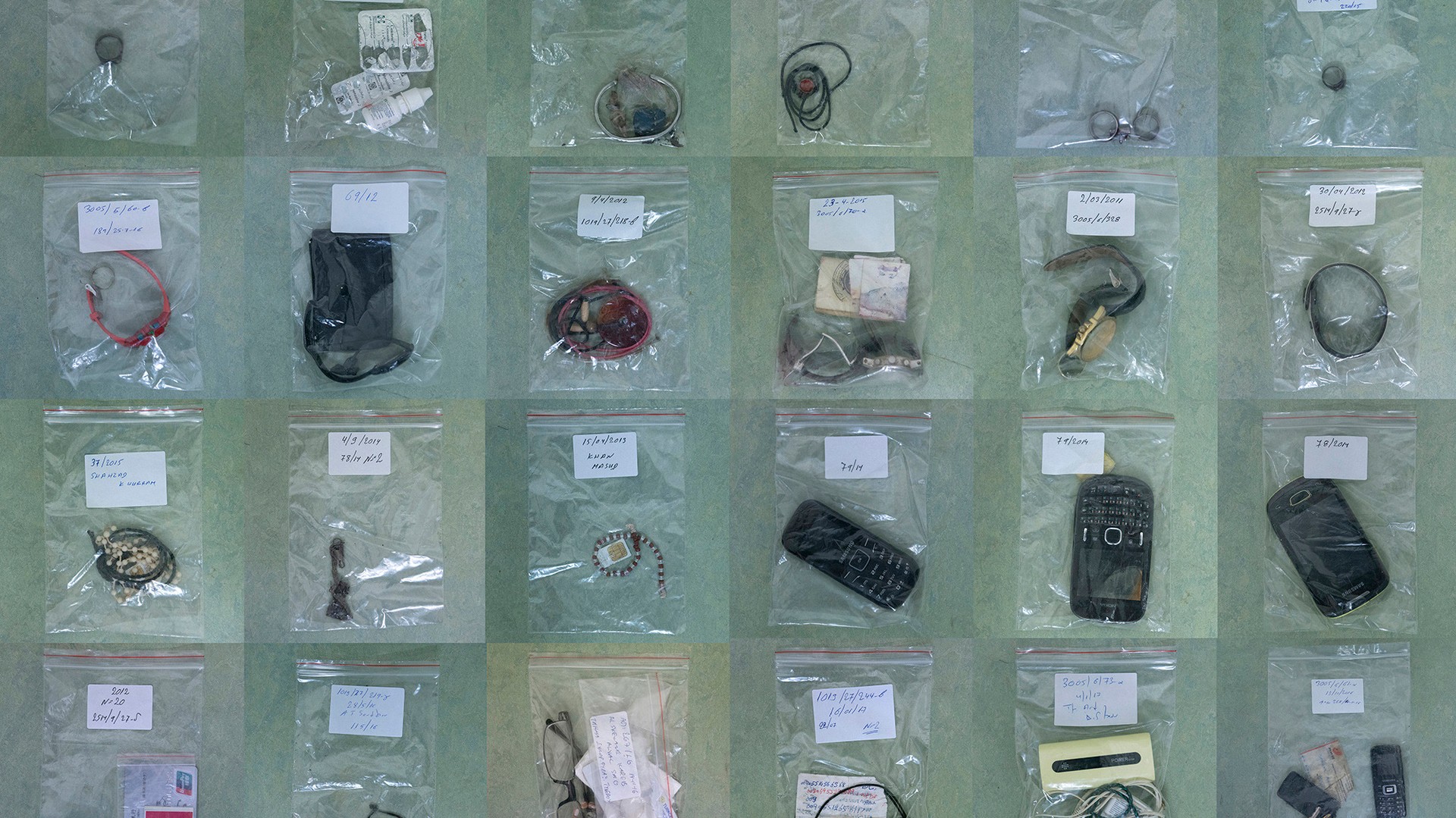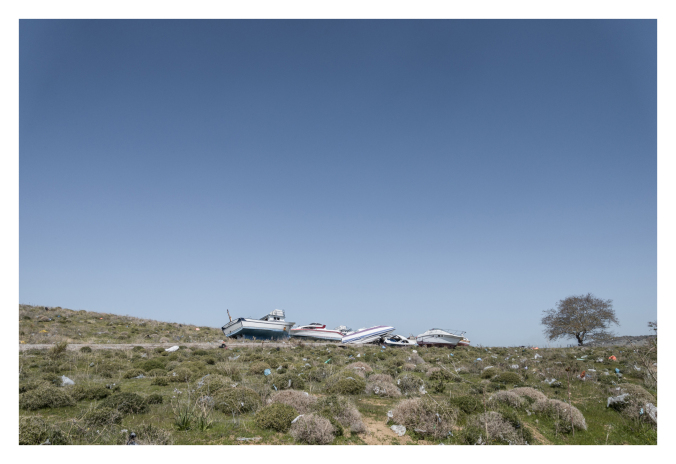VICE
Κώστας Κουκουμάκας
φωτογραφίες: Αλέξανδρος Αβραμίδης
Γυαλιά μυωπίας,
κομπολόγια, κινητά και κάρτες sim. Ο ιατροδικαστής Παύλος Παυλίδης έχει
ταυτοποιήσει 200 νεκρούς μετανάστες από το 2000 έως σήμερα.
Ο καθηγητής
Ιατροδικαστικής στο Νοσοκομείο της Αλεξανδρούπολης, Παύλος Παυλίδης, υπομένει
τον τελευταίο καιρό μια γλυκόπικρη αναμονή. Έχει υποβάλει προς δημοσίευση, στην
έγκυρη διμηνιαία επιθεώρηση International Migration Journal του
Διεθνούς Οργανισμού Μετανάστευσης (ΔΟΜ), την πρώτη ολοκληρωμένη μελέτη με θέμα
τους θανάτους μεταναστών στον ποταμό Έβρο, στα ελληνο-τουρκικά σύνορα, από το
2000 έως σήμερα.
 |
| Ο καθηγητής Ιατροδικαστικής στο Πανεπιστημιακό Νοσοκομείο Αλεξανδρούπολης, Παύλος Παυλίδης. |
Τα τελευταία 17 χρόνια,
από την πρώτη γραμμή του μεταναστευτικού, ο ίδιος καταγράφει αδιάκοπα τη μαύρη
στατιστική των ανθρώπων, οι οποίοι προσπάθησαν με τραγικό αποτέλεσμα να
διασχίσουν την τελευταία συνοριογραμμή πριν πατήσουν το πόδι τους σε ευρωπαϊκό
έδαφος. Δεν είναι, όμως, μόνο αυτή η επίπονη διαδικασία. Στο Εργαστήριο
Ιατροδικαστικών Επιστημών ο κ. Παυλίδης καλείται να ταυτοποιήσει τις σορούς των
μεταναστών «αγνώστων στοιχείων» που ανασύρονται από το ποτάμι, πριν θαφτούν σε
ένα χορταριασμένο νεκροταφείο στον Έβρο με μοναδική ένδειξη έναν αριθμό
πρωτοκόλλου. Στη διαδικασία ταυτοποίησης, το πρώτο στοιχείο που έχει στα χέρια
του είναι τα προσωπικά αντικείμενα των νεκρών.
Η μαύρη στατιστική
Ο καθηγητής Παυλίδης,
μια λεπτή φιγούρα με άσπρη ποδιά, μας υποδέχτηκε στο γραφείο του στο
Πανεπιστημιακό Νοσοκομείο Αλεξανδρούπολης. Ανέσυρε από τη βιβλιοθήκη ένα
αντίγραφο της μελέτης του, η οποία στηρίχτηκε στα δεδομένα που ταξινομεί
συστηματικά επί χρόνια: «Από το 2000 έως και το 2016, συνολικά 350 μετανάστες
ανασύρθηκαν νεκροί από την ελληνική όχθη του ποταμού Έβρου. Δυστυχώς, δεν
έχουμε επίσημα στοιχεία από την τουρκική πλευρά, όμως υπολογίζω ότι άλλοι τόσοι
έχουν εντοπιστεί στην αντίπερα όχθη. Ο πυθμένας του ποταμού είναι λασπώδης κι
έτσι επιπλέον πολλοί μετανάστες δεν εντοπίζονται ποτέ. Αυτό με κάνει να πιστεύω
ότι από το 2000 μέχρι σήμερα, στον ποταμό Έβρο έχουν χάσει τη ζωή τους
περισσότεροι από 1.000 άνθρωποι», σημειώνει ο κ. Παυλίδης.
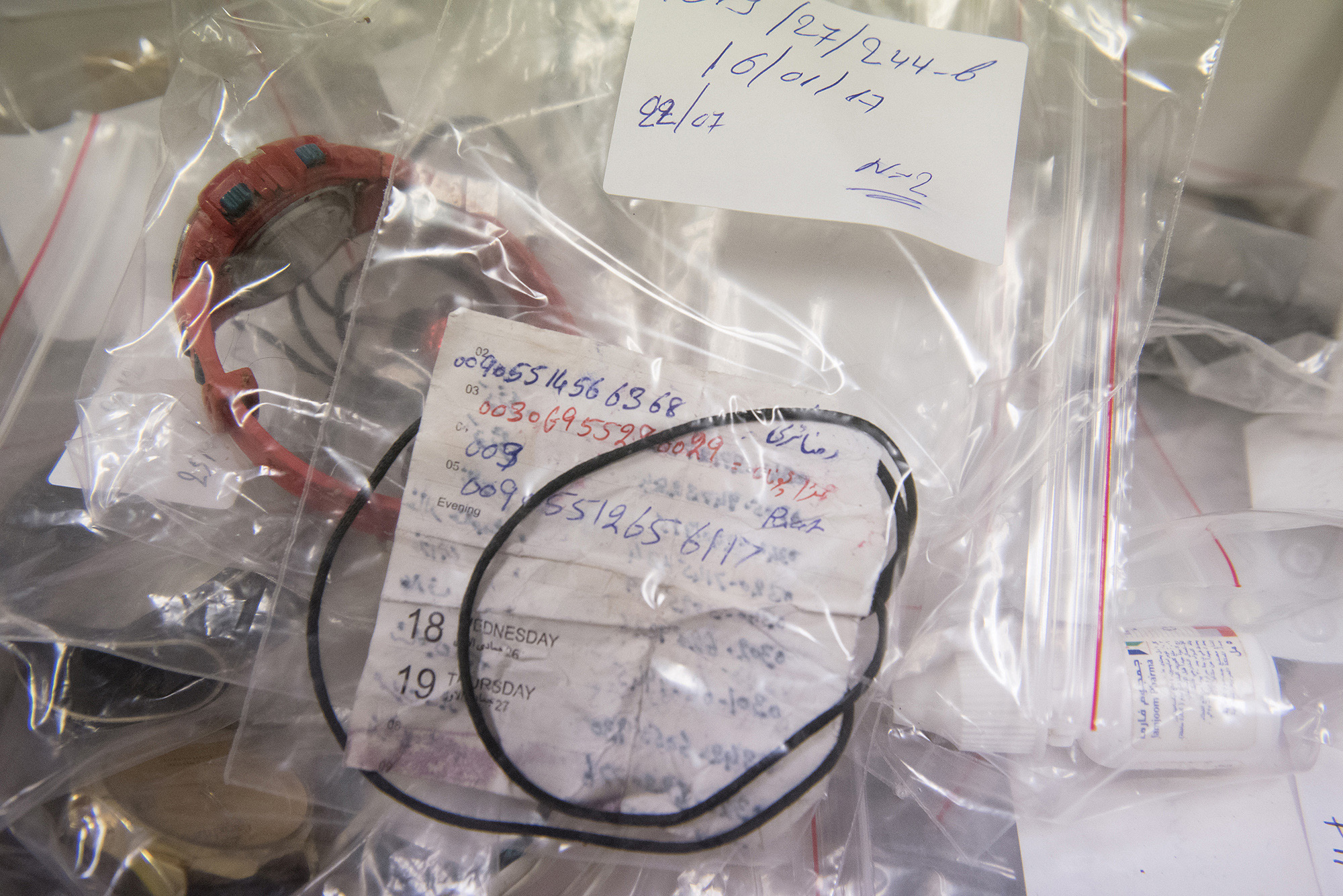 |
Χειρόγραφες σημειώσεις και αριθμοί κινητών τηλεφώνων σε φθαρμένο χαρτί.
|
Μια πιο προσεχτική
ανάγνωση της μελέτης, αποτυπώνει τα ιδιαίτερα χαρακτηριστικά του περάσματος.
Από το 2000 έως και το 2010 η συντριπτική πλειονότητα των νεκρών είναι άνδρες
(222 έναντι 18 γυναικών). Την επόμενη χρονιά, με το ξέσπασμα της κρίσης στη
Συρία, αυξάνεται αισθητά και ο αριθμός των γυναικών, καθώς πλέον τον Έβρο
διασχίζουν οικογένειες. Ένα άλλο ενδιαφέρον στοιχείο είναι τα αίτια των
θανάτων. Ο πνιγμός και η υποθερμία είναι σταθερά οι βασικές αιτίες, ενώ μέχρι
και το 2008 – χρονιά που ολοκληρώθηκε στη στρατιωτική ζώνη ο καθαρισμός των
ναρκών κατά προσωπικού - καταγράφονται επίσης θάνατοι από εκρήξεις ναρκών (49
θύματα). Η χειρότερη περίοδος ήταν η διετία 2010-11, με συνολικά 95 νεκρούς στο
ποτάμι. Ο φράχτης του Έβρου χτίστηκε τον
Φεβρουάριο του 2012, ωστόσο από τη μελέτη του καθηγητή Παυλίδη προκύπτει ότι οι
ροές δεν ανακόπηκαν, απλώς μετατοπίστηκαν πιο νότια και φυσικά στο Αιγαίο.
Έτσι, την πενταετία 2012-6, συνολικά 68 άνθρωποι ανασύρθηκαν νεκροί, πάντα στην
ελληνική όχθη του Έβρου.




